I love antique etiquette manuals and advice columns. I collect both digital and hard copies and enjoy the beautiful way things are written and seeing how things have changed. There is a really interesting mix of advice that I think is quite timeless and standards that have been outdated for decades depending on the book. Fanny Fern is one of my favorite sources for 19th-century expectations placed on women, probably because she encouraged women to pursue interests outside of the home. While I have been familiar with her work for some time, it was only recently that I began to learn what a pioneering woman she was both publicly and privately.
If you ever needed inspiration to overcome a devastating trial in life, Fanny Fern’s story is for you.
Early Life
If you think the name Fanny Fern is just too good of a name for a write to be true you’d be right. The author was born Sara Payson Willis in 1811 and would be one of nine children born to her parents. It is not surprising that she became a writer as she was surrounded by literary individuals her entire life. Her father was a journalist and magazine owner and more than one brother would follow in his footsteps. She was also schooled by the famous Catharine Beecher. Even with her literary network, she had to overcome enormous hardship and betrayal to become the success that she did.

Sara had few ambitions outside of the home, literary or not, until well into her thirties. She married in 1837 at age twenty-six to a banker and had three girls. For several years, it sounds as though the family had a happy and “low-key” existence. Life would not remain calm for long, however. In 1844 her mother and one of her sisters passed away, followed by her husband and one of her daughters in 1845.
Have you heard about the limited resources and options that widows had in the Victorian era? Sara’s story is a perfect example. Left without any income to support her family she turned to relatives for support. She would find none. One of the turning points in her life was discovering that neither her financially stable brother or in-laws would offer much help. I find this so surprising and look forward to reading more about it in her biography soon.
Poor and without a viable plan, Sara went the route that so many women of the time would go; marrying out of necessity.
And also like so many Victorian women, Sara would be unhappy in this arrangement. She married her second husband in 1848 and was so miserable that she would do the unthinkable, divorcing him just two years later.
Enter writing
If Fanny Fern’s life was made into a film this divorce would be one of the climaxes. It was during this time that she decided to use the pen to bring in some income. But while her well-connected family could have stepped in to help her get established, they did the opposite, attempting to punish her for what she had done to the family’s name (from what I can tell).
Luckily, there would be a happy ending to this story.
Sara was a natural writer and had little trouble finding papers to publish her articles. After selling a handful of pieces she naturally sought to utilize her network. And what a network it was. Ever heard of Town & Country? One of Sara’s brothers, Nathaniel, was the owner of the magazine from which it evolved, Home Journal. And while Sara’s writing was intended for his same demographic, he refused her any work with the publication.
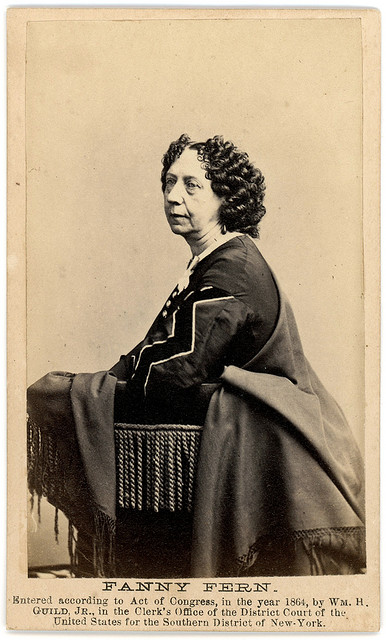
But where Nathaniel failed to step in, others would. Before long, Sara was a regular columnist for other publications. She soon adopted the penname Fanny Fern, due to her legal name still being tied to her ex husband and because of the scandal the divorce had caused. In a truly cinematic twist, another brother, Richard, sought to recruit Fanny Fern to write for his magazine, Musical World & Times, not knowing her true identity.
Celebrity columnist
After starting to get published regularly, Sara, now known as Fanny, capitalized on each success and her career took off. A series of “wins” would follow including the publication of:
Fern Leaves from Fanny’s Port-Folio: a collection of Fanny’s articles and columns, published in 1853. The book enjoyed months on the best-seller list, even out-ranking Uncle Tom’s Cabin, which had been the most popular American novel in 1852.
Little Ferns for Fanny’s Little Friends: a children’s book, published in 1853.
Ruth Hall: a novel, based on her life story and very thinly disguised. This would become her most famous novel and cause a nation-wide stir as readers slowly learned about the parallels to the author’s life.
Fern Leaves: a second collection of articles and columns, published in 1854.
Overall she would publish two novels, six collections of works, and three childrens books. But she would be more famous for becoming a celebrity columnist. By 1855 she was writing for New York Ledger at an astounding rate of $100 a week, roughly $3,100 in today’s money (sounds good to me!). Isn’t that remarkable? It would not only make her the most famous female writer in the country, but in fact the highest paid journalist overall.
Fanny finds a champion and love
This is my favorite part of the story. As she continued to make a name for herself, more publishers fought to get her on staff. Shortly before beginning with New York Ledger she was recruited by the then editor of Home Journal, James Parton. Unaware of the feud between Fanny and her brother, Parton published some of Fanny’s articles (a common practice at the time), and attempted to host her on a trip to New York City. When Nathaniel discovered what was going on, he threw what sounds like a major temper tantrum and forbade any future Home Journal dealings with her. And what did Parton do? Resigned his post and went on to become a famous biographer.
Parton must have been smitten from the get-go. In 1856 the two married (a lot happened in this woman’s life in a short amount of time!). They lived together until her death in 1872.
Fanny Fern’s words of wisdom
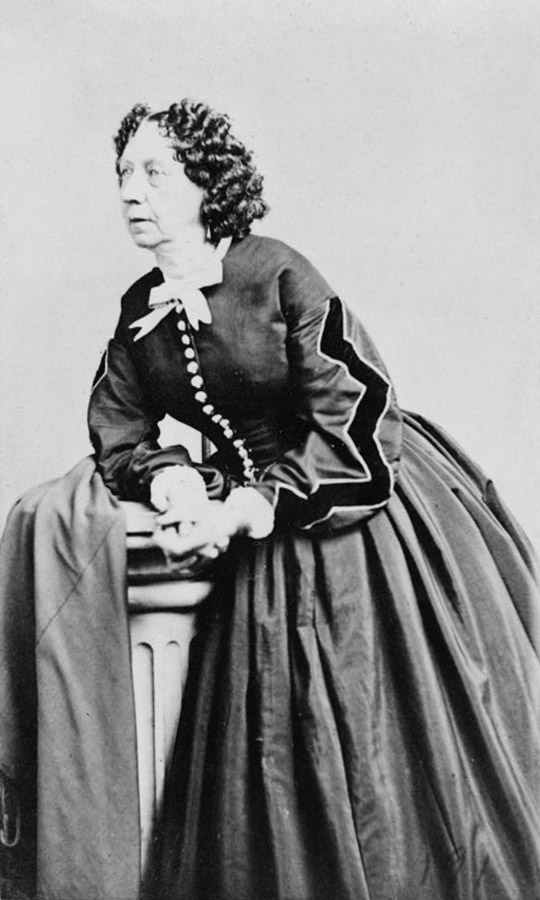
The most famous quote attributed to Fanny Fern might JUST be one that you are familiar with:
“The way to a man’s heart is through his stomach.”
I’m still researching the origin of this quote and where it was first published. Stay tuned!
More of my favorite Fanny Fern quotes:
“There are no little things. Little things are the hinges of the universe.”
“O, girls! set your affections on cats, poodles, parrots or lap-dogs; but let matrimony alone. It’s the hardest way on earth to getting a living.”
“The cream of enjoyment in this life is always impromptu. The chance walk; the unexpected visit; the unpremeditated journey; the unsought conversation or acquaintance.”
“Never ask a favor until you are drawing your last breath; and never forget one.”
“I hate the word proper. If you tell me a thing is not proper, I immediately feel the most rabid desire to go ‘neck and heels’ into it.”
“No crust so tough as the grudged bread of dependence.”
More literary women fun:
19th-century female writers who should always be remembered
My favorite Anne of Green Gables fun facts
Godey’s Lady’s Book: what you didn’t know
Mary Shelley – Frankenstein at 200

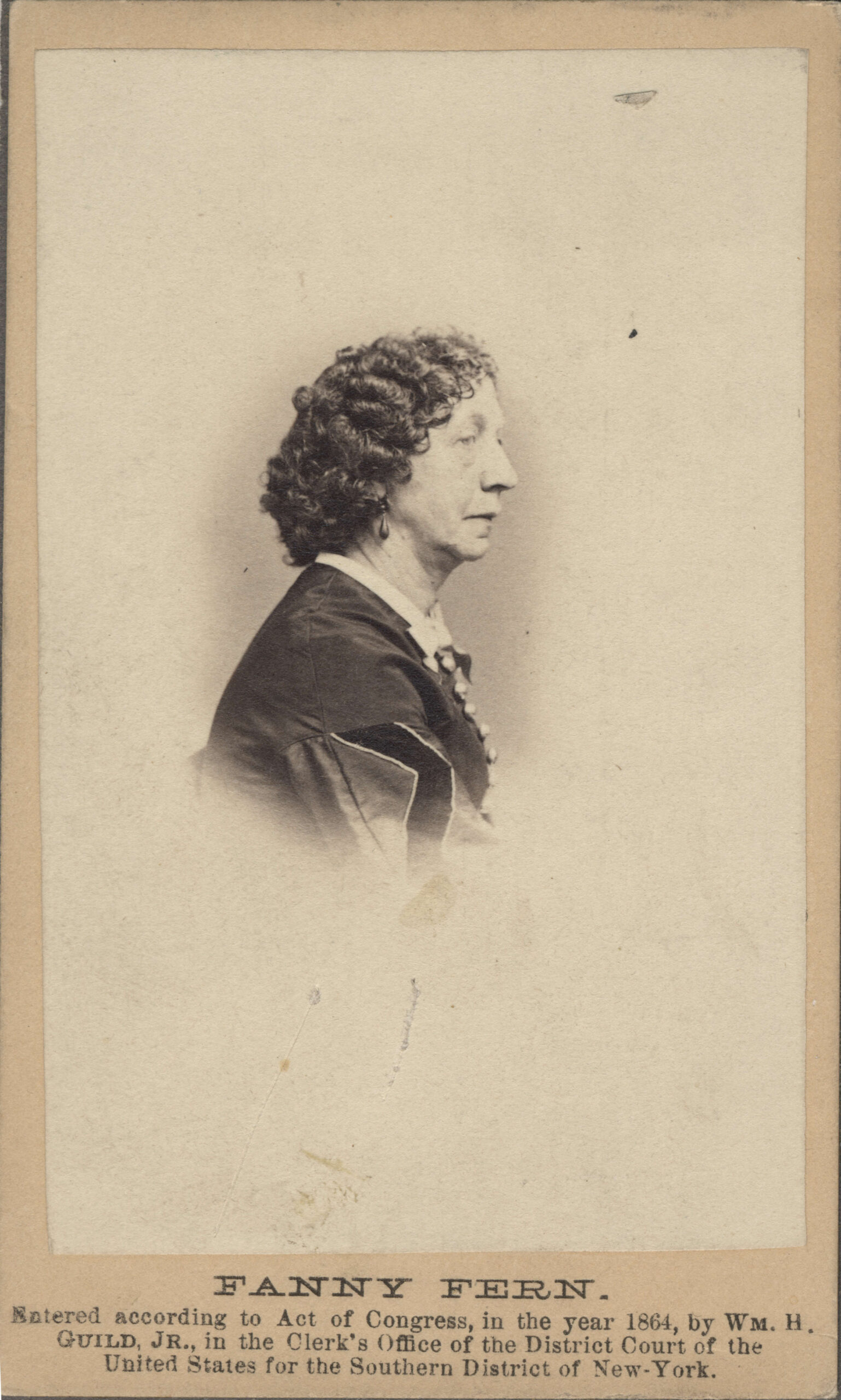
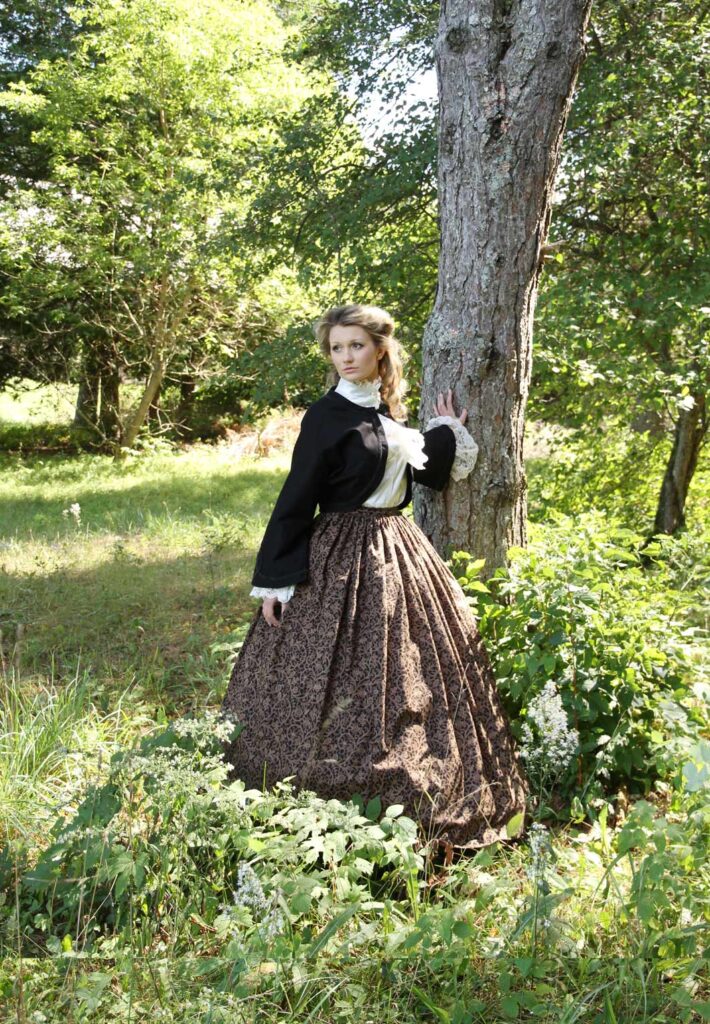
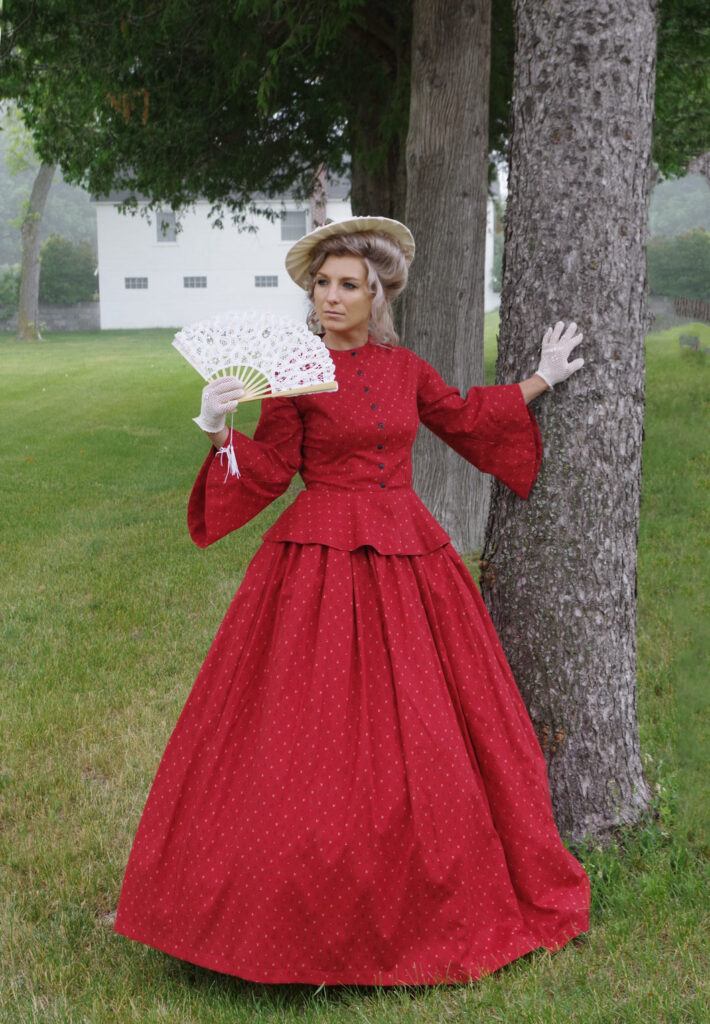












Leave A Comment